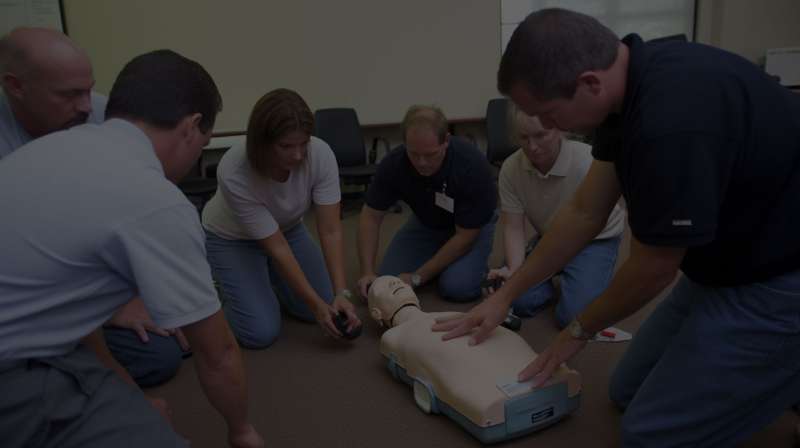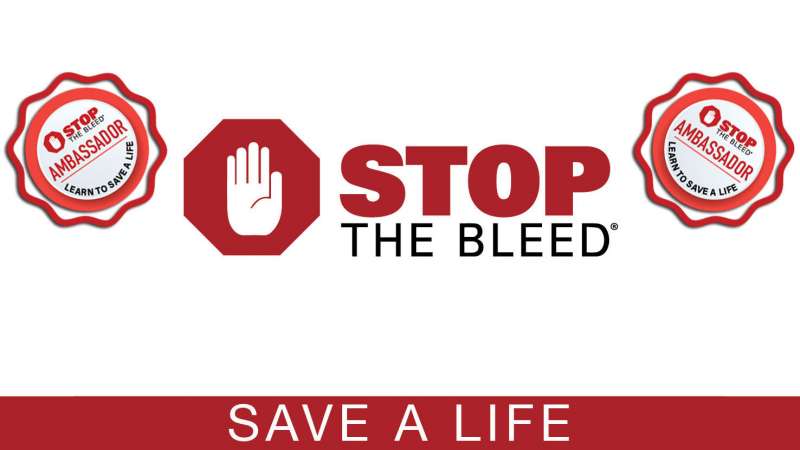Table of Contents

This “Organizational Planning Tips for Pandemic Preparedness” article was taken from the NFPA website and edited for a more international market.
The growth and spread of the coronavirus (COVID-19) infection around the world has everyone on edge.
Businesses, schools, and healthcare institutions are all taking out their pandemic plans from the previous 2009 H1N1 outbreak.
Or, if they didn’t have guidance in place, they are looking to establish continuity or strategic plans just in case COVID-19 threatens to impact their operations
The Spread of Pandemics like COVID-19
According to WHO reports, COVID-19 is spreading but they don’t mention the rate of spread (as of 23 March, the WHO estimates 332,935 confirmed cases worldwide).
At the moment however, death rates are still mercifully low (as a percentage against cases).
Testing and Containment
As more testing kits become globally available, there will likely be many more confirmed cases of the virus.
Governments are reacting with various new programs such as social distancing. Hopefully this will slow the spread.
Those diagnostic kits (PCR tests) will also provide a much better epidemiological picture of where COVID-19 is spreading and how it is being transmitted.
Although with social distancing programs and a rise in awareness of symptoms and methods to protect, there is hope that the spread will slow.

In the meantime, it is important to plan for the worst.
Maybe you’re thinking COVID-19 is a medical issue, not a fire incident or emergency response concern, so how can NFPA help us?
NFPA 1600 Standard on Continuity, Emergency and Crisis Management
The US National Commission on Terrorist Attacks Upon the United States (the 9/11Commission), recognized the NFPA 1600 Standard on Continuity, Emergency, and Crisis Management as the National Preparedness Standard in the US.
Widely used by public, not-for-profit, nongovernmental, and private entities on a local, regional, national, and global basis, NFPA 1600 has been recognized by the U.S. Department of Homeland Security as a voluntary consensus standard for emergency preparedness.
The standard is available on the NFPA website for free viewing, and offers key information for entities who want to conduct a risk assessment, business impact analysis, capabilities and needs assessments, and develop emergency and recovery plans.
Healthcare decision-makers may also find NFPA 99 Health Care Facilities Code helpful; the document provides critical safety information and requirements for isolation spaces, emergency planning, IT and data infrastructure, and more. It’s worth a read.
So, what can you do today to better prepare and revise your plans?

First thing is to identify the event that you are planning for. Chapter 5 of NFPA 1600 states:
“Crisis management planning shall address an event, or series of events, that severely impact or has the potential to severely impact an entity’s operations, reputation, market share, ability to do business, or relationships with key stakeholders.”
NFPA 1600
In the case of COVID-19, that event is easy to identify. What’s harder to put a finger on is the vulnerability of people, property, operations, the environment, the entity, and the supply chain operations.
The second thing to do is to conduct a business impact analysis. A key facet of this deep dive is evaluating the following:
- Dependencies
- Single-source and sole-source suppliers
- Single points of failure
- Potential qualitative and quantitative impacts from a disruption
Third is to assess your resource needs. Here are some things to consider:
- Any plans in place currently to mitigate potential disruptions?
- What are the things you must do to maintain services, at a minimum?
- Understand your technological capabilities and how can they be leveraged to minimize the impact?
- What are aspects of your business or services that can be disrupted in order to re-direct assets to necessary activities?
Once you have a good picture of the threat, your capabilities, and what you need to continue operations, you can realistically plan.
Businesses and communities will be well-served if they regard the coronavirus as an opportunity for self-evaluation and to either update or create plans that will be needed if the virus continues to spread.
Kiwi Resource Protection is currently working with companies in Thailand to develop business continuity plans and we can also help you too.
NFPA 1600 is a valuable tool for those who are focused on continuity of operations, but bear in mind that planning cannot and should not be done in a vacuum.

Important Steps for COVID-19 Pandemic Preparedness
- Establish a planning team.
- Invite your stakeholders, vendors, and emergency partners (like KRP) to participate in the planning process, where appropriate.
- Evaluate your products or services, and prioritize the use and purchase of them.
Emergency Health Care Facilities Pandemic Preparation
Healthcare, as an example, gets a little trickier because facilities service patients.
However, do all operational aspects require workers to be physically present? Would this unnecessarily put them and their loved ones at risk?
Or can you identify the biggest priorities?
- Do you know what your surge capacity is?
- How many additional PPE supplies can you store?
- What contracts do you have in place to acquire more supplies?
- Are you in touch with the local health department and discussing plans for any surges?
- How to get support or how to offer support?
- What plans are in place to house patient overflow?
These large 480sqm domes are ideal for isolation rooms, quarantine and other uses during the crisis.

As an all-hazards information and knowledge leader, NFPA has worked to help entities and communities address emergencies for a very long time.
When reviewing or developing necessary plans, consult NFPA 99, NFPA 1600, and the NFPA 1600 handbook.
You may also want to consult the NFPA Emergency Preparedness Checklist or contact KRP to learn more about developing emergency plans.
Important Information
Use this skill to determine what first aid may be needed in the event that Emergency Medical Services is either delayed or unavailable and should only be performed on conscious and responsive patients.
When giving information to the EMS personnel, avoid using the word 'normal'; Try to give measured rates per minute and descriptive terminology.
Normal Signs and Symptoms
A sign is 'something that you see, hear or feel' such as a wound, bleeding, discolourations, or deformities. Whereas a symptom is 'something that the patient tells you is wrong' which may be nausea, thirst, dizziness, or pain.
During assessment first aid it is difficult to determine if the patient's signs and symptoms are normal unless you know what normal is, although what may be normal for one person may not be so for another. There are accepted normal ranges for breathing rate, pulse and skin temperature and the following is meant as a general guide;
- The average breathing rate for an adult at rest is 12 to 20 respirations per minute
- The average pulse rate for an adult at rest is 60 to 90 beats per minute
- The average skin temperature for an adult should feel warm and dry to the touch
Assessment first aid is the treatment of conditions that are not immediately life threatening uncovered during either an illness assessment or an injury assessment. For example, applying a bandage to a wounded patient is assessment first aid and lay rescuers can greatly reduce suffering and long term disabilities by applying their first aid skills.
SAMPLE; Performing Illness Assessment
Write down or have someone else record the illness assessment information
Put on your protective gloves and barriers and use the mnemonic SAMPLE to help during your illness first aid assessment
Signs and Symptoms
- How does the patient feel now?
- Determine the patient's pulse rate using the carotid or radial pulse (Rapid, Strong, Weak, Slow)
- Determine the patient's respiration rate; Is the breathing Rapid, Slow, Laboured, Wheezing, Gasping?
- Does the patient complain of; Shortness of breath, Dizziness, Light-headedness, Chest pain, Numbness, Tingling in Arms/Legs?
- Is the patient's skin; Warm, Hot, Cool, Clammy, Wet, Very Dry?
- What is the colour of the patient's skin under the lip; Pale, Ashen, Red, Blue, Yellowish, Black & Blue blotches?
Allergies
- Is the patient allergic to any food, drugs, airborne matters etc.?
- Has the patient ingested or taken anything that they may be allergic to?
Medications
- Does the patient take medications? Did the patient take medication today?
- If possible, collect all medications to give to EMS
Pre-existing Medical Conditions
- Does the patient have a pre-existing medical condition?
Last Meal
- Did the patient eat recently? What was eaten?
Events
- Ask the patient to describe the events leading to the illness. When did the first symptoms occur?
- Where was the patient when the first symptoms occurred?
- What was the patient doing when the first symptoms occurred? Has the patient been exercising?




Share on social media